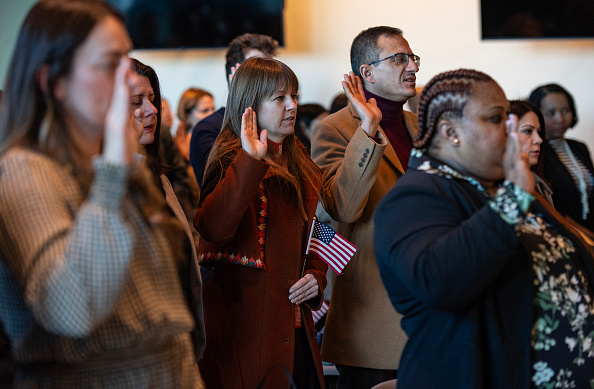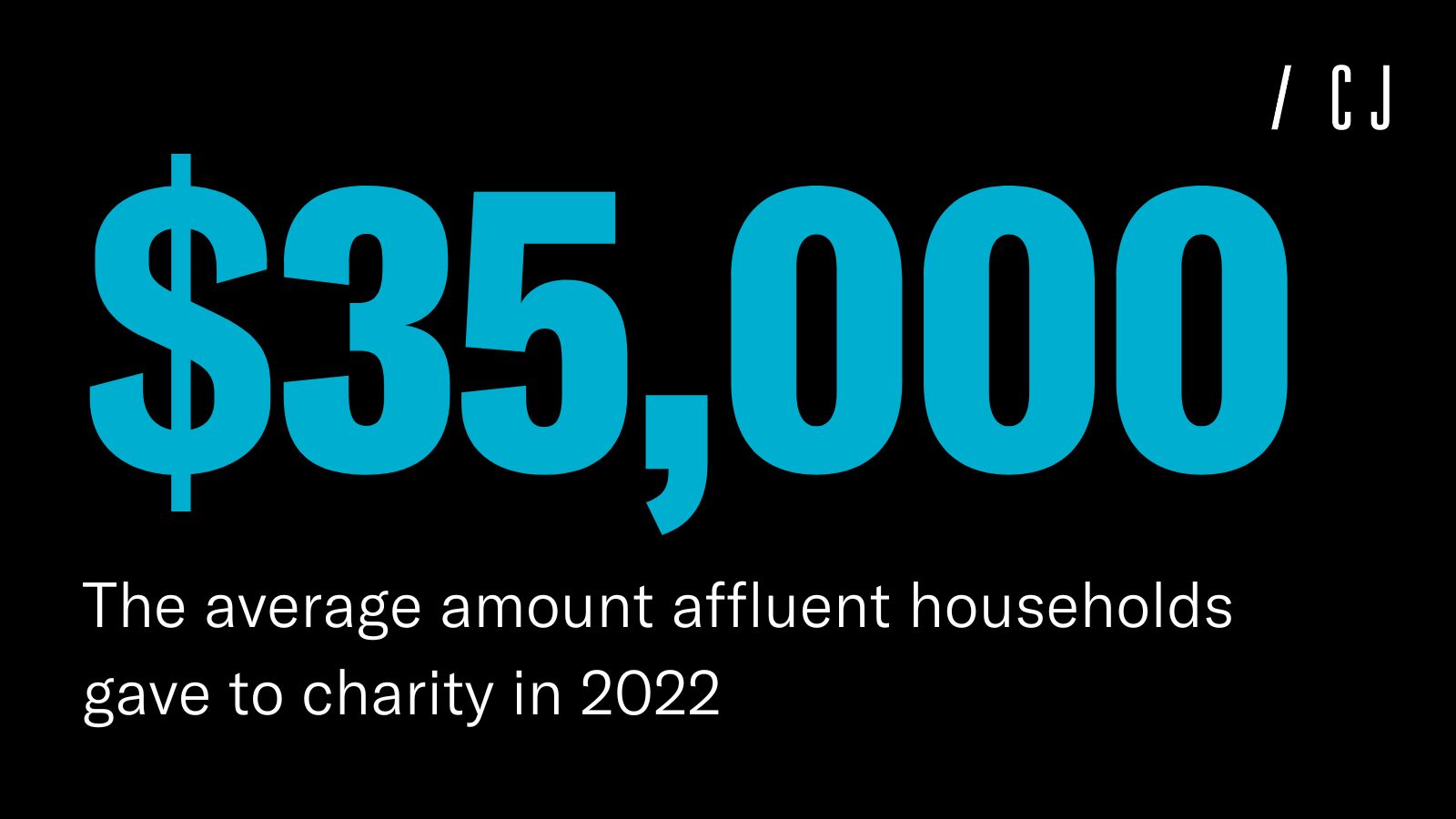|
Forwarded this email? Sign up for free to have it sent directly to your inbox. |
|
|
Good morning,
Today, we’re looking at DEI in immigration, flawed teaching methods, a proposal that could make New York safer, and what Trump’s election will mean for the state. Don’t forget to write to us at editors@city-journal.org with questions or comments. |
|
|
DEI has had a target on its back since Donald Trump took the oath of office on January 20. The president has moved aggressively to end diversity mandates in the federal government, but one critical area has so far not been addressed: federal immigration policy, “which remains infused with DEI principles,” writes Daniel Di Martino, a graduate fellow at the Manhattan Institute. Current policy prioritizes the parents of past immigrants who arrived in the United States through chain migration; the system also randomly grants green cards to 55,000 people from “underrepresented” countries.
President Trump can seize a historic opportunity to change the immigration system, shifting its focus from diversity and inclusion to merit and skills.
“A rational conservative immigration system,” Di Martino writes, “would eliminate all DEI from immigration. It would redirect the 55,000 ‘diversity’ visas to the highly skilled categories. It would stop granting green cards to older relatives and other entitlement recipients. It would select immigrants based on their English proficiency, ties to America, education, and job offers.”
Read his full take here. |
|
|
|
Today’s system prioritizes diversity and inclusion over merit and skill. |
|
|
Remember the No Child Left Behind Act? Then-President George W. Bush signed it back in 2001. It called for federally funded schools to adopt a phonics-based approach to teaching kids how to read, and the data showed it worked.
Teachers’ unions, however, promoted an unproven student-centered approach called “Balanced Literacy,” which encouraged students to “guess” unknown words rather than break them down phonetically. It gained widespread traction, but it proved to be “a flawed strategy that left a generation of students struggling to read,” writes Jennifer Weber, an adjunct professor at Teachers College Columbia University and Nicholls State University.
Now, Massachusetts parents are targeting these discredited educators in a lawsuit they hope will force them to answer for years of false advertising. Read Weber’s assessment here. |
|
|
Of all the reforms New York Democrats have enacted in recent years, changes to the state’s legal discovery rules have been among the most disastrous. These changes have hindered district attorneys’ ability to bring charges, allowing criminal offenders to return to the streets much sooner than if their cases had remained active.
Now, Governor Kathy Hochul is backing a proposal—incorporating recommendations from the Manhattan Institute’s Hannah Meyers—that seeks to reform the rule and curb a wave of case dismissals. If passed, it could significantly improve public safety, writes Rafael A. Mangual, Nick Ohnell fellow at the Manhattan Institute. Read his take here. |
|
|
In New York, Trump had the best showing for a Republican presidential candidate since George H. W. Bush in 1988, winning about 44 percent of the state vote. “The aftershocks of the biggest electoral quake in a century will shape New York’s policy and political landscape for years, including in the 2025 mayoral election and the 2026 gubernatorial race,” writes John Ketcham, director of cities at the Manhattan Institute. Read how he thinks it could all play out.
|
|
|
A quarterly magazine of urban affairs, published by the Manhattan Institute, edited by Brian C. Anderson. |
|
|
Copyright © 2025 Manhattan Institute, All rights reserved. |
|
|
|




